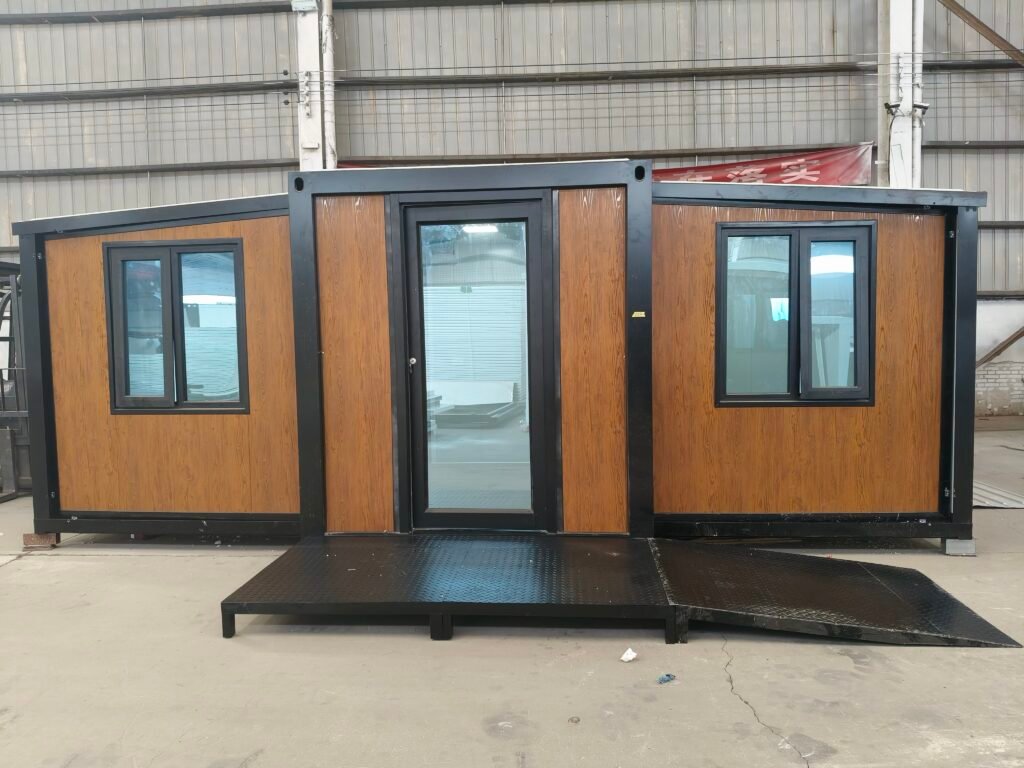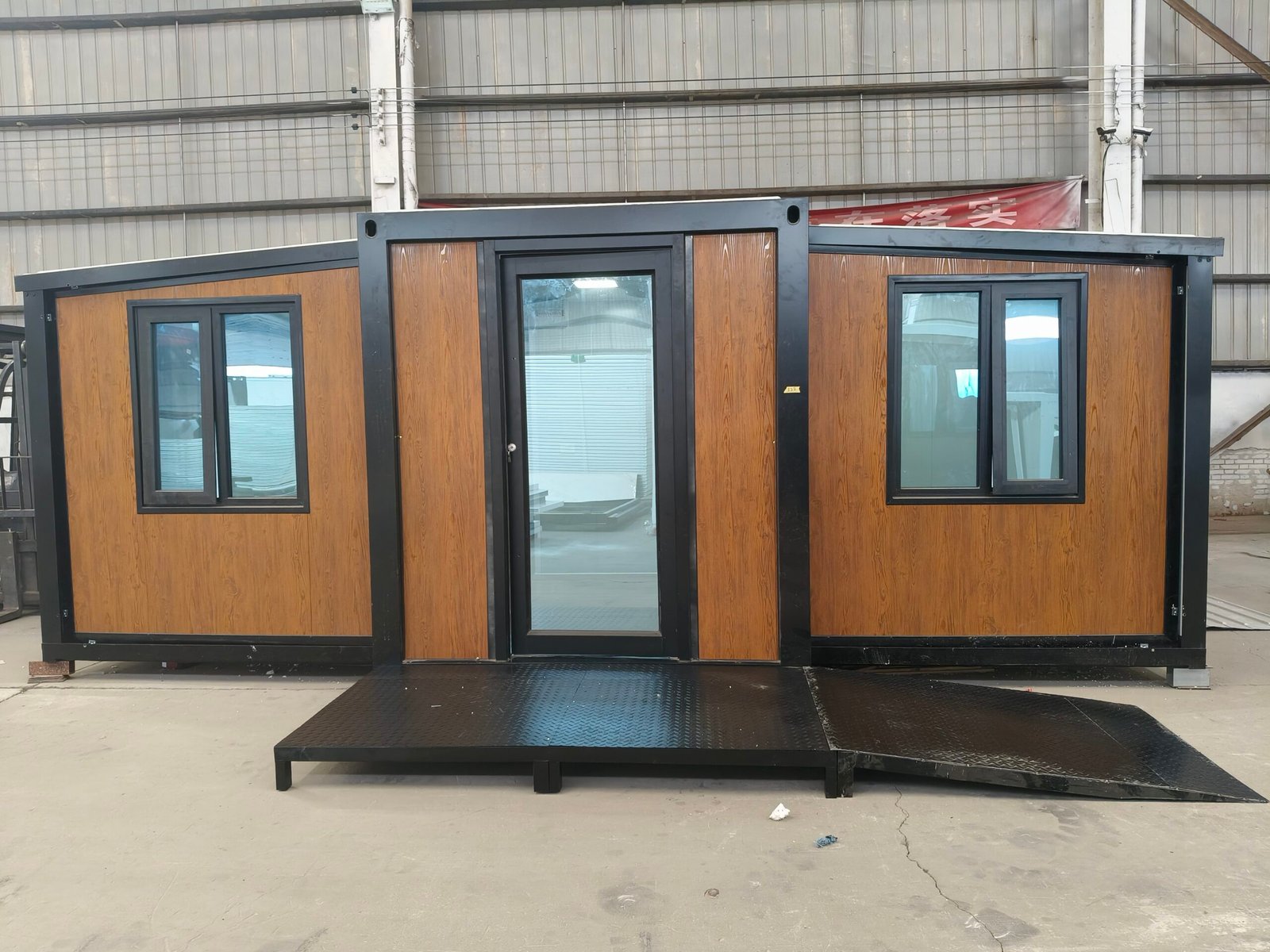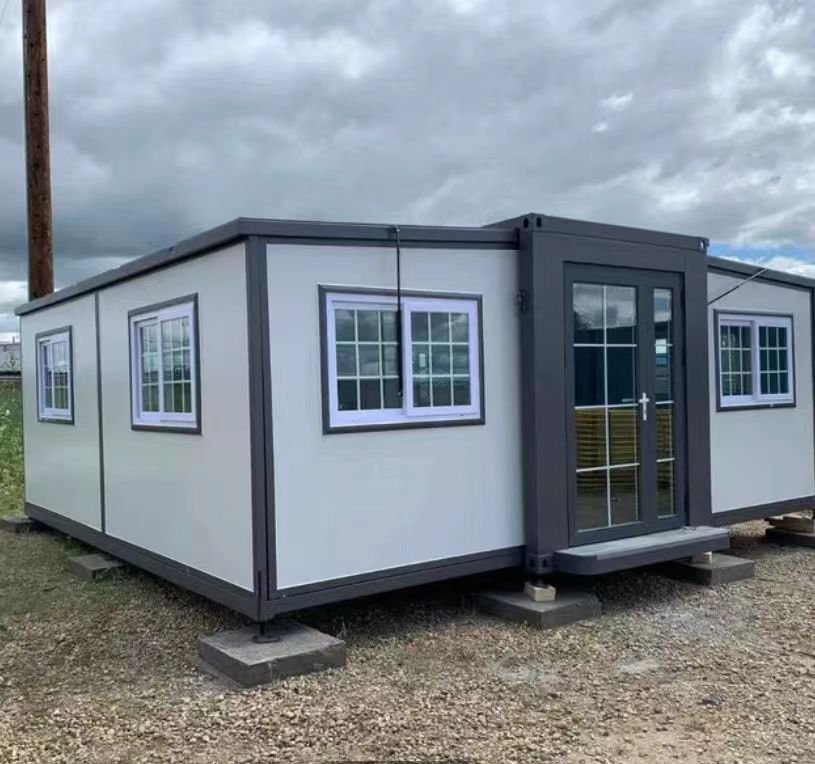The dream of owning a house is getting more expensive. To save money, people are coming up with new ways to build houses that don’t cost much, but they don’t sacrifice quality. One of the houses that people have come up with are container homes. They are a great way to save money, they are sustainable and they look cool. One of the questions that people have about them is, are container homes safe? People just want to know, are they safe or not? Safety concerns come up all over the place. A lot of people are worried about them not being safe, from a structural perspective. They are worried about them not being safe from a fire perspective. There are a number of different safety concerns that come up that make it hard for many people to consider container homes. It is important to understand the concerns related to safety and build your container home safely.

As the premier company for custom container homes, Cubinest has been designing and building container homes for years. We make sure that your container home meets all safety standards and still delivers the look and feel that you want. Throughout our years in business, we have learned what makes a container home safe to live in. In this article, we are going to talk about the safety of living in a container house and how you can make sure your custom container home is safe and comfortable.

Are Container Homes Safe for Living?
With proper construction, design, and maintenance, shipping container homes can be a safe and affordable alternative to traditional housing. However, there are several important safety considerations that homeowners must address to ensure a secure living environment.
1. Structural Integrity
Shipping containers are designed to withstand heavy loads, harsh weather conditions, and long-distance transportation. However, before converting a container into a home, it is crucial to inspect it for:
- Rust, dents, or holes: These can compromise the structural strength and should be repaired before modification.
- Load-bearing considerations: Cutting openings for doors and windows can weaken the structure. Reinforcements, such as additional steel beams, may be necessary to maintain strength.
- Proper stacking: If using multiple containers, ensure that the design distributes weight effectively and provides adequate support.
2. Chemical Exposure
Many shipping containers are treated with chemicals to keep them from rusting and to keep bugs out of them while they are on a ship or a truck. These chemicals can create health risks if they aren’t addressed. To have a safe container home:
- Strip the toxic paint: If there are any lead-based paints or other harmful coatings on your container, you’re going to have to get rid of them and replace them with something that is safe to be around.
- Replace or seal floor: Some containers have chemically treated wood floors. If you leave them the way they are, you could get sick from the chemicals. You would need to either replace them or find a way to seal them in so the chemicals can’t blow inside your house.
- Use non-toxic materials: Everything you put in the house—insulation, paint, flooring, wall finishes—needs to be non-toxic. You can’t use anything that is going to make you or your family sick.
3. Fire Safety
Steel doesn’t burn, so you have a natural advantage when it comes to fire. However, there are things in or on the container home that can burn. To make your container homes safer from a fire perspective:
Use non-flammable insulation: Use materials like mineral wool or fire-resistant spray foam to protect against fire, should it start near the insulation.
- Use non-flammable insulation: Materials such as mineral wool or spray foam with fire-resistant properties can help minimize fire risks.
- Install smoke detectors: Proper fire detection systems should be in place in all living areas.
- Adhere to electrical safety codes: Ensure that all wiring and outlets comply with local safety standards to prevent electrical fires.
4. Security
The nice thing about a container house is it’s made out of steel, so people can’t just kick in the walls. However, to make it even safer:
- Install high-quality doors and windows: Reinforced doors and impact-resistant windows improve security.
- Add security grills or shutters: These features provide extra protection while maintaining aesthetic appeal.
- Use advanced locking mechanisms: Secure locking systems can deter unauthorized access.
5. Temperature Control and Ventilation
Steel containers conduct heat and cold more than traditional building materials, making insulation and ventilation essential for a comfortable living environment:
- Use high-quality insulation: Spray foam, rigid foam, or fiberglass insulation helps regulate indoor temperatures.
- Ensure proper ventilation: Windows, vents, and HVAC systems improve airflow and reduce condensation and mold growth.
- Consider climate control solutions: Installing air conditioning or heating systems can enhance comfort in extreme weather conditions.
6. Pest Resistance
Unlike wooden structures, steel containers offer natural resistance to rodents, termites, and other pests. However, proper sealing and maintenance are necessary to keep pests out:
- Seal any gaps or openings: Ensure that doors, windows, and ventilation areas are properly sealed.
- Keep the home clean: Regular cleaning and maintenance can prevent infestations.
- Use pest-resistant materials: Opt for construction materials that deter common household pests.
7. Foundation and Stability
A strong foundation is crucial for a safe and durable container home. Common foundation options include:
- Concrete piers: Cost-effective and suitable for temporary or semi-permanent structures.
- Concrete slabs: Provide a solid base, preventing shifting and settling over time.
- Crawl space foundations: Allow for easier plumbing and electrical installation while providing insulation against ground moisture.
Wrapping Up – What to Do Next
You’ve made it through the guide and hopefully hammered out the main safety issues you need to address to feel safe and comfortable living in, or putting money into, a container house.
How Safe Are Shipping Container Homes?
Can you cut a hole in the container?
What questions have you had about safety in a container house and how have you addressed them?
How Do I Make Sure My Container House Meets the Building Codes in My Community?
Put your city’s zoning and building regulations at the top of your to-do list before you build.
Consult with contractors and structural engineers who know what they are doing and will work with you to build your container house exactly like you want it and also meet local regulations.
Get all the inspections and permits required to make sure your container house meets all the local building codes.
Use the building materials that your city approves and insulation that meets fire code standards.
How Can You Make a Shipping Container Safe for Living?
Check the structural integrity of your container and add extra steel where needed.
Install insulation to keep the home comfortable.
Use non-toxic building materials to finish the inside of the house.
Follow the appropriate electrical and plumbing building codes.
Are There Any Materials to Avoid When Converting a Shipping Container into a Home?
Don’t use lead-based paints or chemically treated flooring.
Avoid using insulation that will burn, in case the house catches on fire.
Stay away from low-quality, non-weather-resistant protective coatings.
How Can You Make a Shipping Container Home Safe from a Fire?
Put smoke alarms and fire extinguishers in the container.
Use non-flammable insulation.
If you’re changing the electrical stuff in the container, you need to wire it right.
Make sure you have enough exit points in case there is a fire in your house.
Lots of people live and love their container homes. But to make sure that you’re safe, you will need to cover all the bases we talked about today: the structure, insulation, fire safety, and safety. Once you’ve taken care of all those pieces, you can build a container home that is comfortable, safe, and a great place to live. Whether you are looking for an affordable place to live, you want to save the planet by not building more wood homes, or you want a new, cool house, building a container home can be a great choice. Just make sure that you’re working with professionals and you are keeping up to date on the building code. Then, you can enjoy your new container home.




